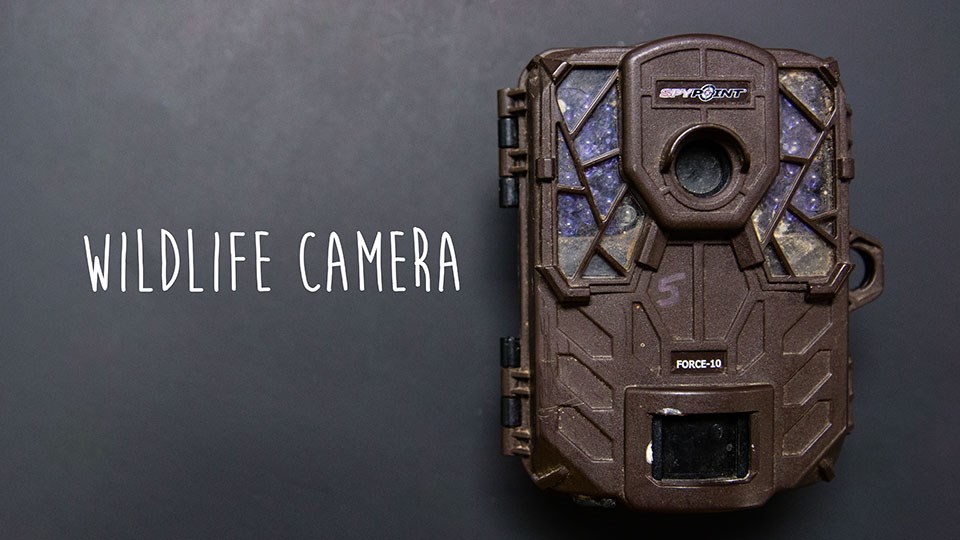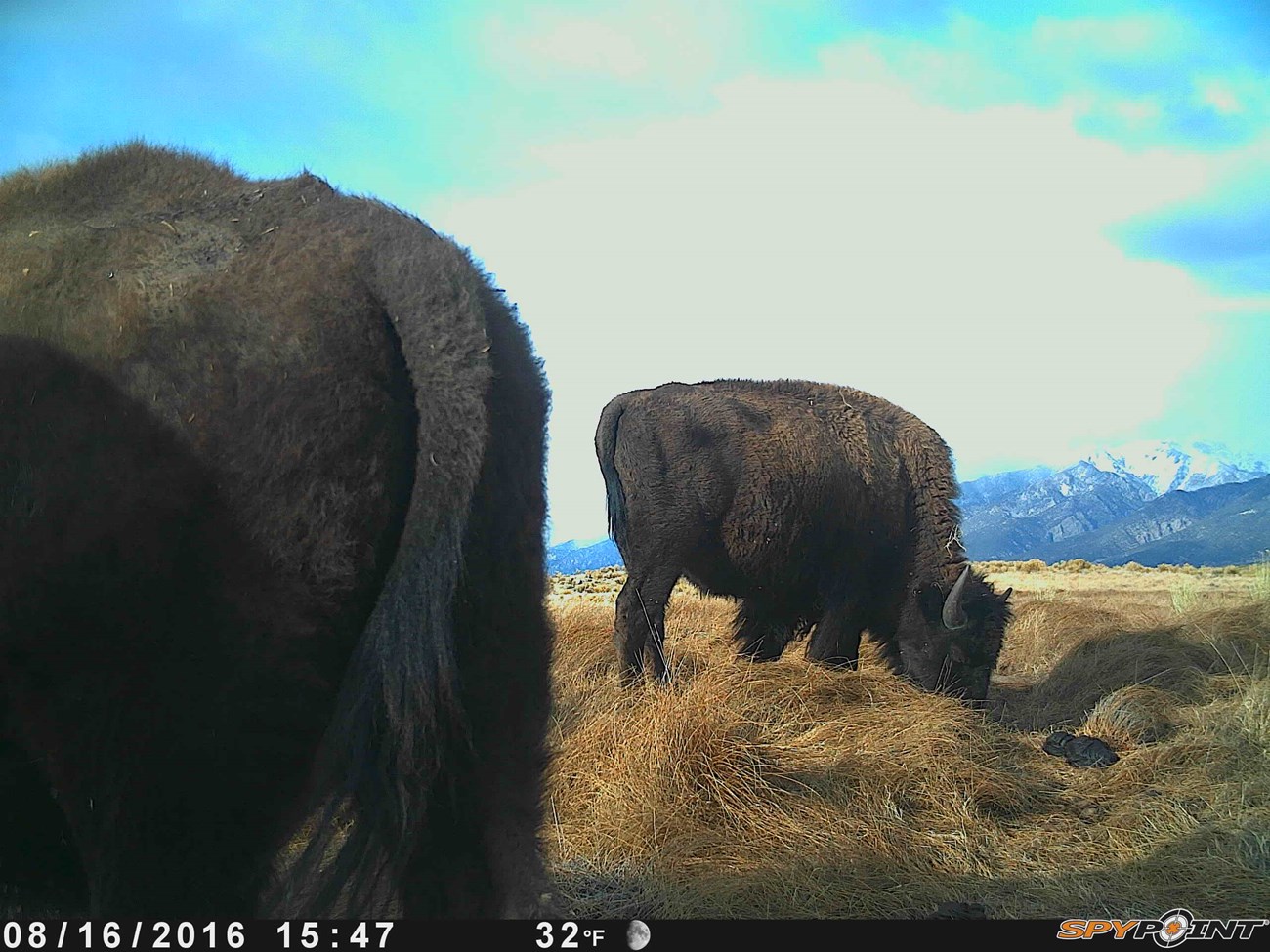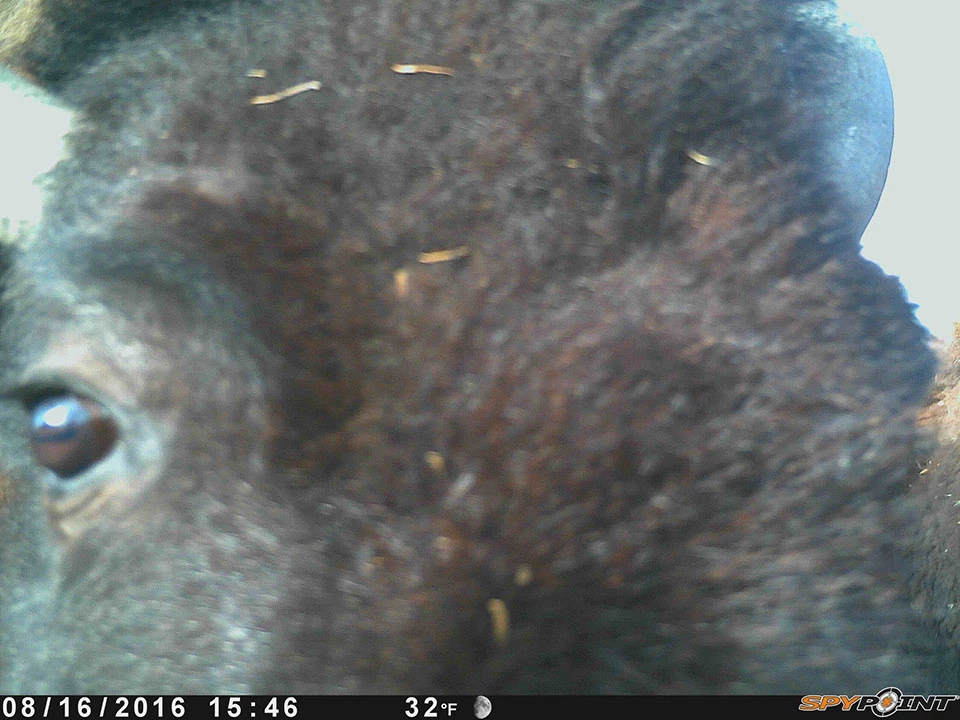Last updated: June 16, 2020
Article
#Sciencedeskdigs: Wildlife Camera

NPS Photo/M.Reed
Tell us more!
This camera is one of several that are being used as part of wetland monitoring done by the NPS Rocky Mountain Network Inventory & Monitoring program at Great Sand Dunes National Park and Preserve. We are measuring the ecological integrity of their wetlands and the impact of ungulates like bison and elk. The park can use that information to help create the best management plan that will benefit the bison and elk that live there while keeping the wetlands healthy. In order to make a plan you need to first know what is there, so we set up cameras to capture the presence of bison and elk and see what they are doing. These cameras are a fun project because we can see bison and elk acting naturally like nobody's watching!


